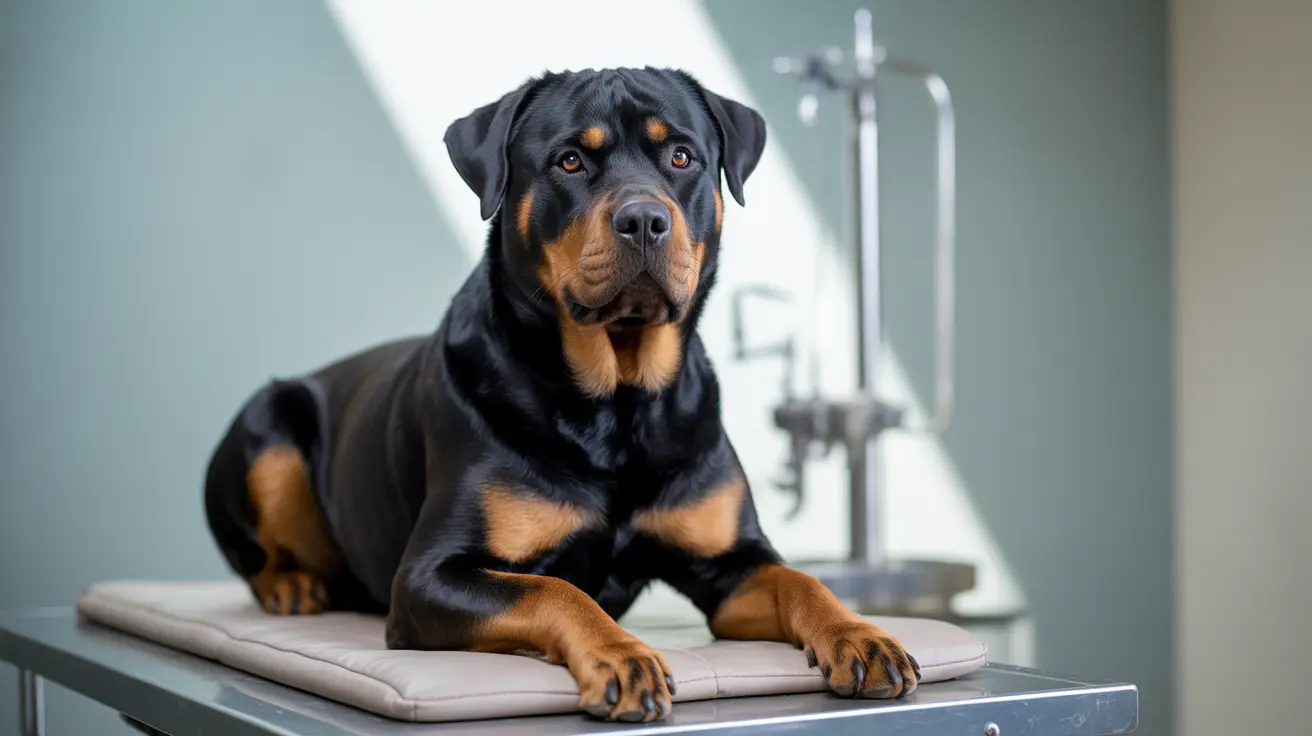Understanding the 7 Second Rule for Dogs: Safety and Heat Awareness
As temperatures rise, outdoor surfaces like asphalt and concrete can become dangerously hot, posing serious risks to your dog's paw pads. The 7 second rule for dogs is a simple and effective test used by pet owners and veterinarians alike to determine whether pavement is too hot for canine feet.
What is the 7 Second Rule?
The 7 second rule requires you to place the back of your hand on the pavement and hold it there for seven full seconds. If the heat is unbearable for your skin, it will also be harmful to your dog's sensitive paws. Many dog owners are unaware that pavement can be much hotter than the ambient air temperature—while the air may feel pleasant, surfaces affected by direct sunlight can reach scorching levels.
Why Dogs’ Paw Pads Are Vulnerable
Dogs generally appear to handle various terrains well, but their paw pads are not heatproof. Dogs can suffer from paw pad burns, blisters, and even longer-term foot damage when walked on hot surfaces.
Signs of Burnt Paw Pads
- Sudden limping or refusal to walk
- Dark or discolored pads
- Blisters, redness, or peeling skin
- Constant licking or chewing of feet
- Visible wounds or sensitivity when touched
If you notice these symptoms, it's important to seek veterinary care promptly and begin appropriate wound management.
How Hot is Too Hot?
To get a clearer sense of how surface temperatures compare to air temperatures, consider:
- 85°F air temperature = 130°F pavement
- 90°F air temperature = 140°F pavement
- 95°F air temperature = 150°F pavement (skin destruction possible in 60 seconds)
These figures emphasize the importance of evaluating walking surfaces, especially during peak sun hours.
Protective Measures for Warm Weather
To prevent paw injuries and ensure your dog enjoys summer safely, follow these tips:
- Walk your dog during cooler parts of the day, such as early morning or late evening
- Stick to grassy or shaded areas
- Use protective booties designed to insulate paws from heat
- Apply paw wax or balm to create a barrier against irritants
- Carry your dog over dangerous stretches of pavement if needed
It is also crucial to monitor dogs that are more vulnerable to heat, such as puppies, seniors, flat-faced breeds (e.g., Bulldogs, Pugs), and dogs with existing health conditions.
What to Do If Paws Are Damaged
If you suspect your dog’s paws have been burned:
- Rinse the affected paws with cool (not cold) water to relieve pain
- Apply a vet-approved antiseptic or antibiotic ointment if advised
- Keep your dog from licking the area by using an Elizabethan collar
- Bandage the feet gently and follow up with a vet
Much like after surgery, keeping the area clean, dry, and free from contamination is essential. Monitor closely for signs of infection, such as swelling, odor, or discharge.
The Importance of Seasonal Awareness
Pet owners must be vigilant not only regarding surgical wounds but also temperature-induced injuries. A good rule of thumb is this: if it’s uncomfortable for you, it’s dangerous for your pet. By adhering to the 7 second rule, owners can significantly reduce the risk of thermal injuries and prevent medical emergencies.
Other Heat-Related Precautions
- Always provide access to water and shade during walks
- Never leave pets in parked vehicles, even briefly
- Adjust exercise routines according to weather conditions
- Observe signs of heatstroke: panting, drooling, collapsing, vomiting
Both wound and heat safety hinge on preventive care and awareness. Stay informed, observe your dog’s comfort, and when in doubt, consult a veterinarian.





